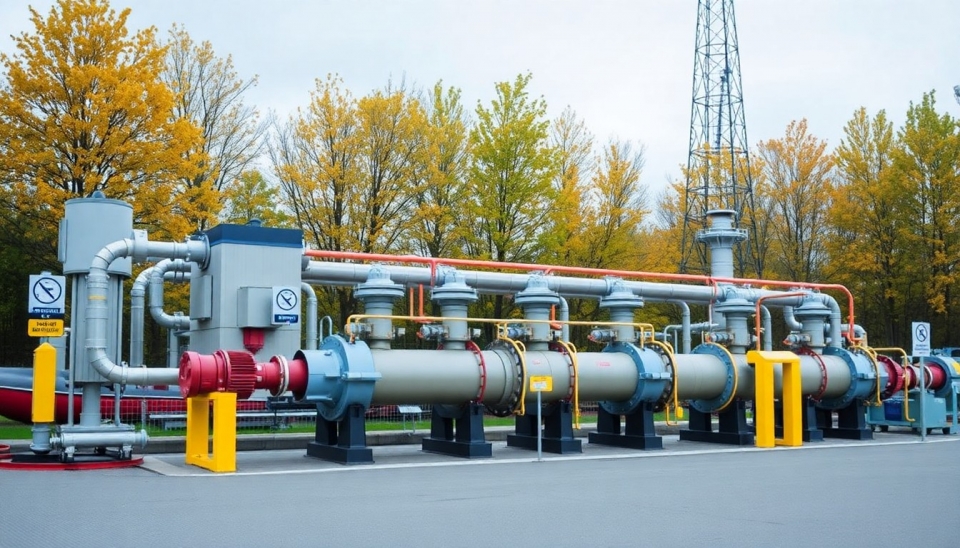
But now a new, unstoppable beast has emerged to stalk Germany's real estate sector: the zombie construction site. A rising number of unfinished building projects is leaving many regions in disarray and worsening an already acute housing shortage across the country. Cranes stand still, scaffolding rusts and for many Germans, the dream of a decent place to live is as far away as ever.
In fact, so-called "zombie" sites-construction projects which stall midway due to financial constraints, issues of planning, or lack of labour-are fast becoming the day. And all this could put a spoke in the wheel of this country's plans to solve its house shortage problem, according to experts. The stagnation of these projects leads to a squandering of resources and a topography dotted with deserted construction lots.
The reasons vary, but these projects remain incomplete for many reasons. First, the most-mentioned cause is a financial problem. Developers often can't find enough financing, especially when the interest rates are growing, as well as inflation. Also, excessive regulation and months of approval work as an origin for developing delays and push costs up out of control. That means the builders stop work indefinitely and turn a construction dream into an urban blight.
The other important factor is labor shortages. The German construction industry is facing severe skilled labor shortages. This is a consequence of both an ageing workforce and a weak supply of new recruits within the sector. This further burdens an already strained industry, making it difficult to meet deadlines and maintain momentum on building projects.
These are the results of such stalled projects. Already, Germany is suffering under a strong housing shortage, especially in the cities. A lack of available homes drives rents and property prices up, thus making housing for the greater majority of its citizens increasingly unaffordable. Construction projects that are stalled only worsen this by taking a considerable number of potential homes off the market.
Policymakers have taken cognizance of the phenomenon. Some local government officials are speaking of measures that could put life back into these zombie sites and help them attain completion. Suggestions for financial incentives to developers, streamlining regulatory processes, and initiatives for attracting more workers into the building trade have been mooted. These proposals would take time to implement and bear fruit, which is discouraging in the short term.
Moreover, there are also environmental reasons. The uncompleted building sites are one of the major sources of material and energy waste, adding to the ecological footprint of the construction industry. Therefore, this issue could fall under larger efforts toward sustainability, being high on the agenda of many stakeholders.
While Germany battles these various challenges, the call for practical and swift solutions is becoming increasingly insistent. The hope is that, by addressing the root causes of these stalled projects, the country may alleviate some of its housing woes and make sure this dream of adequate housing becomes a reality for more of its citizens.
Financial incentives, the loosening of regulatory rigidities, and a renewed focus on labor availability-all in the right direction. Yet it is only with a multi-pronged attack that the momentum will be restored to Germany's construction sector, and only then will the negative impact brought about by zombie construction sites be contained.
For now, the eyes of many will remain fixed on those idle cranes and scaffolding until perhaps one day the promise of new homes is picked up from where it has been left.
#Germany #HousingCrisis #ZombieConstructionSites #RealEstate #UrbanDevelopment #ConstructionIndustry #FinancialChallenges #LaborShortages #GovernmentPolicy #EnvironmentalImpact
Author: Emily Collins




